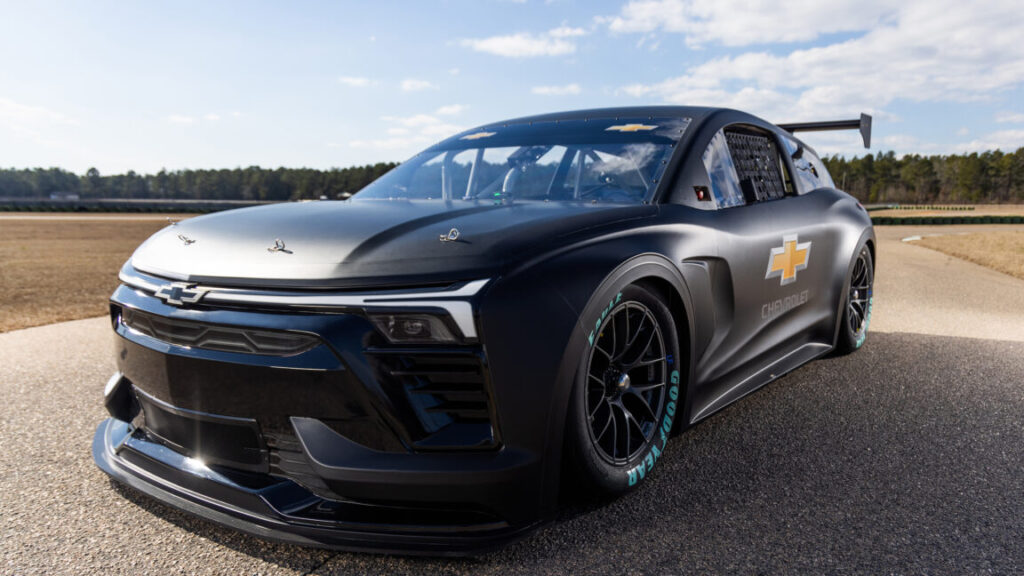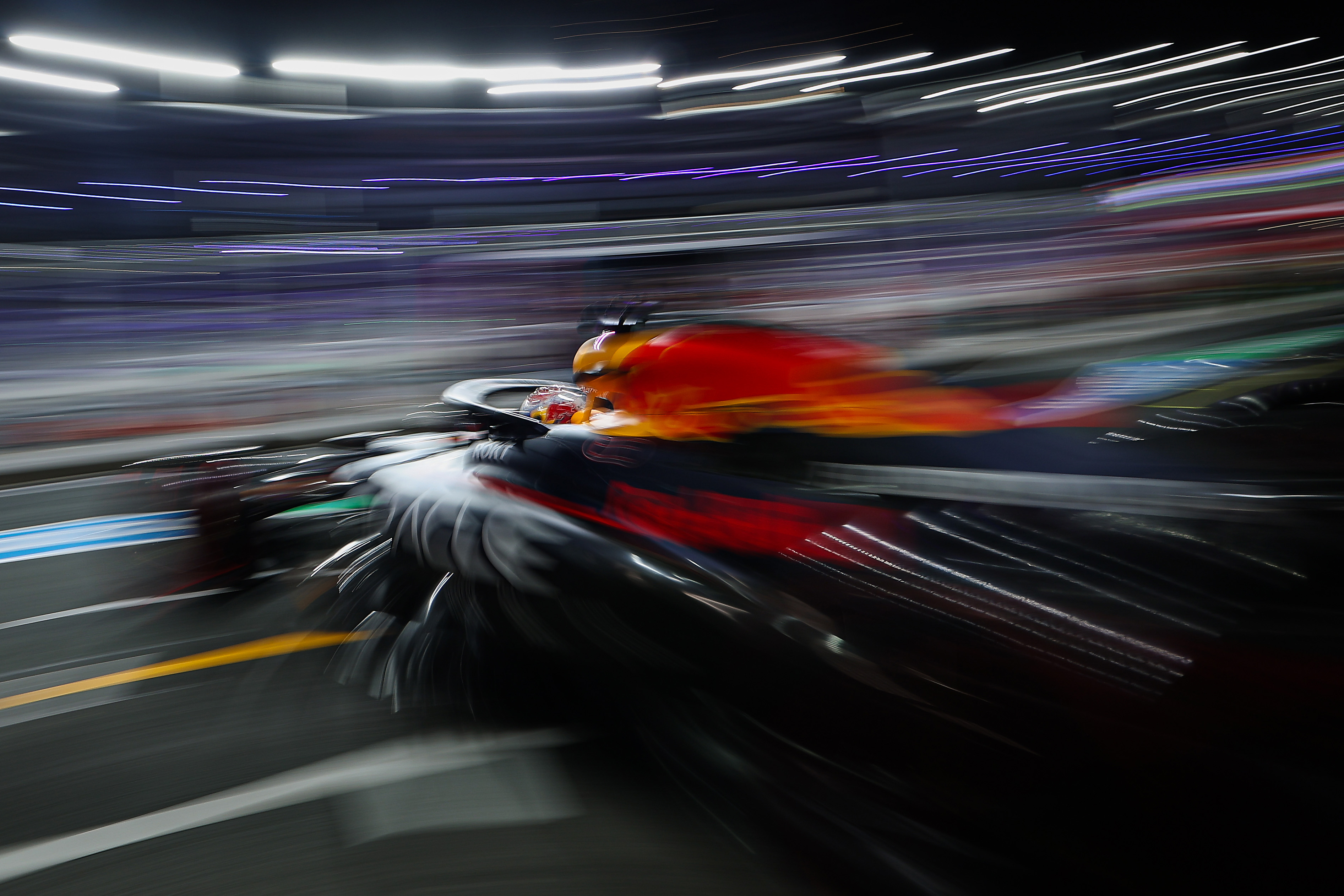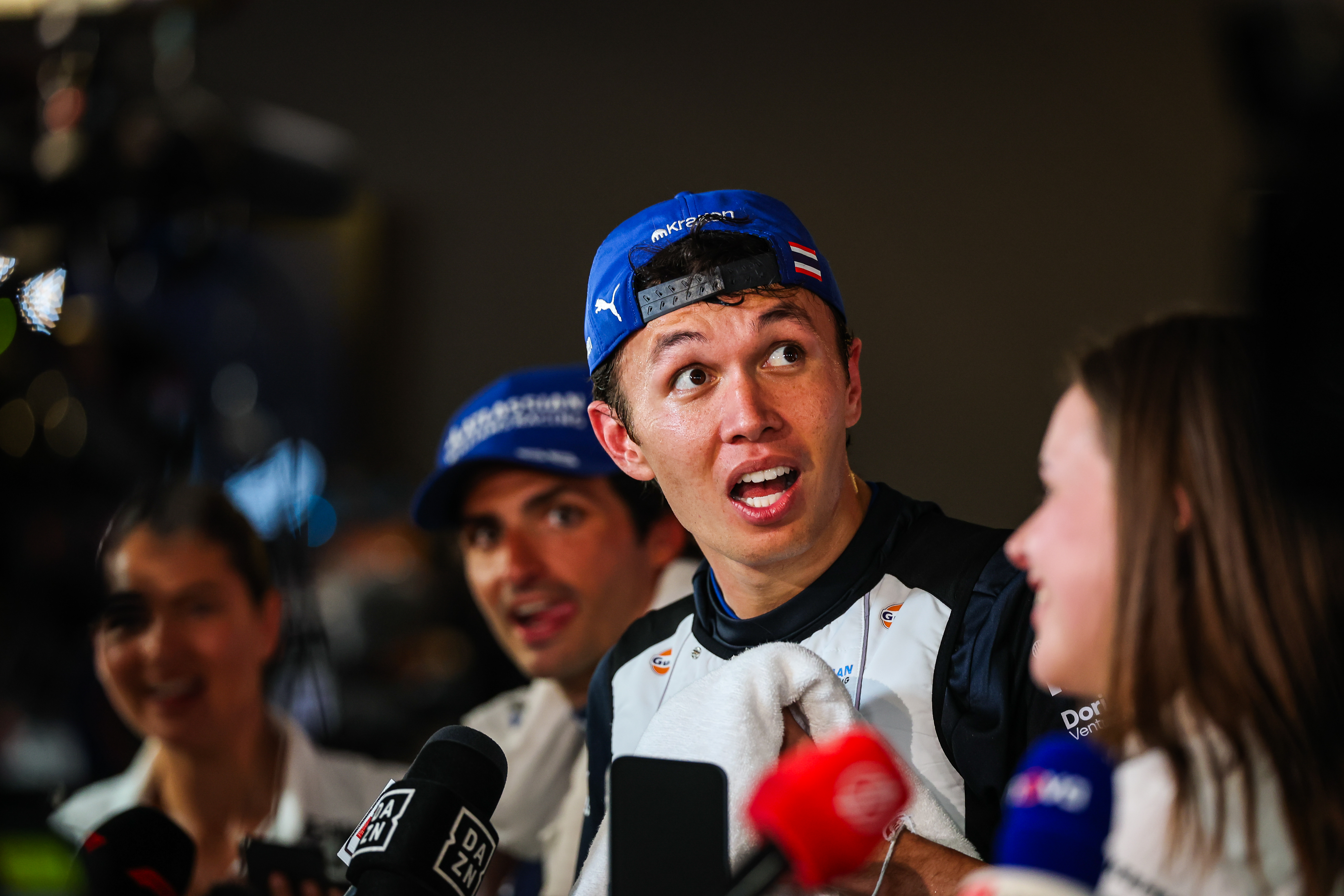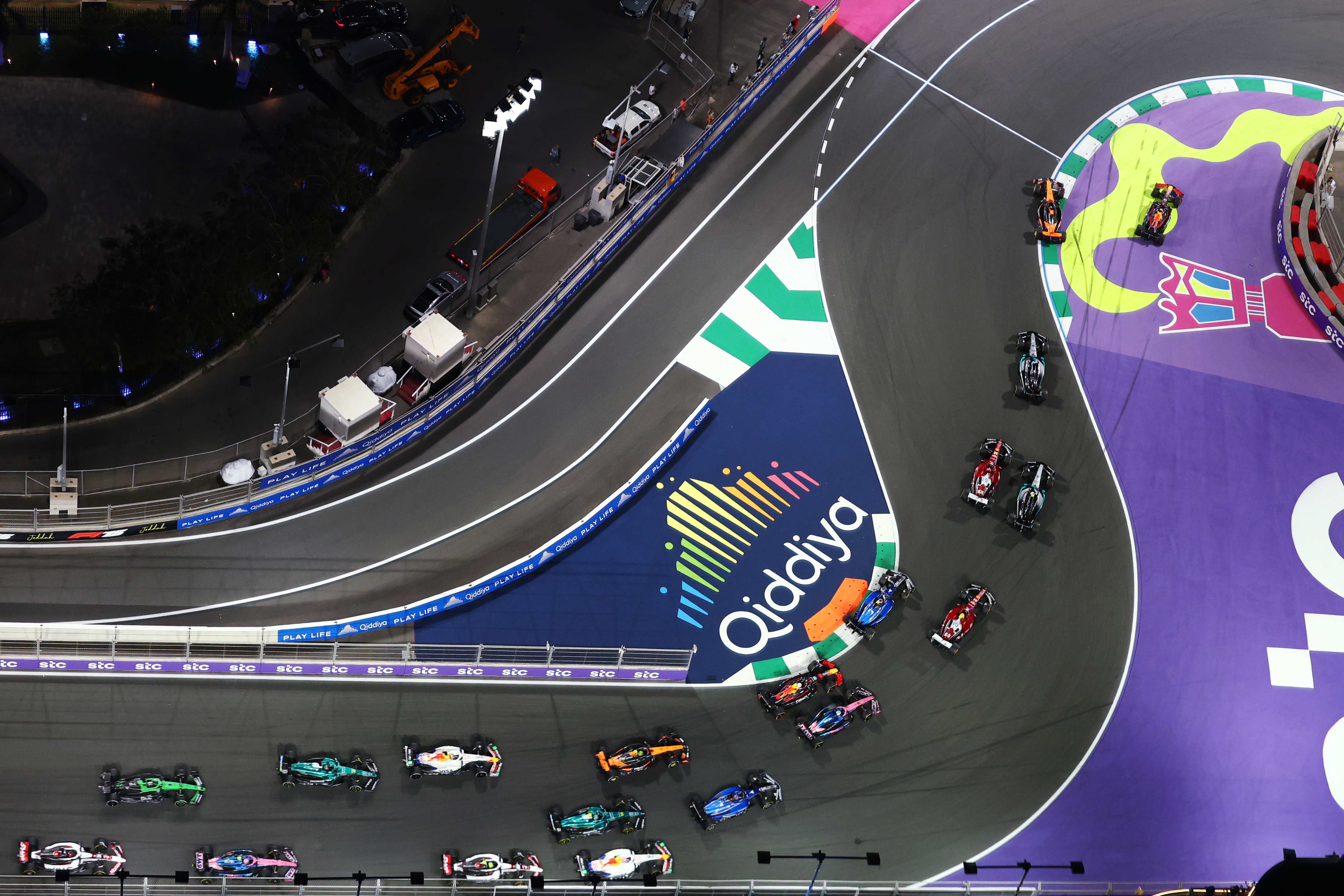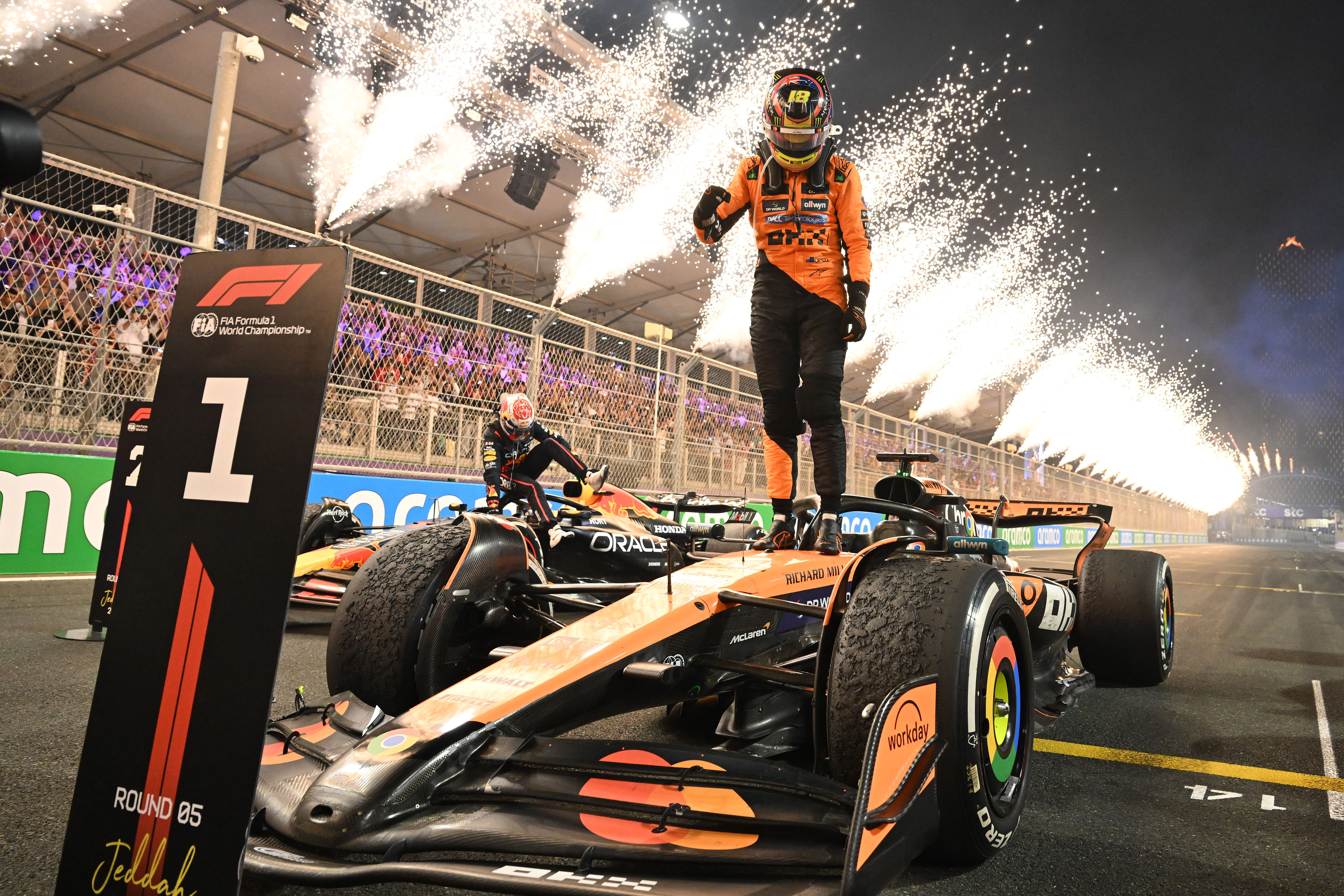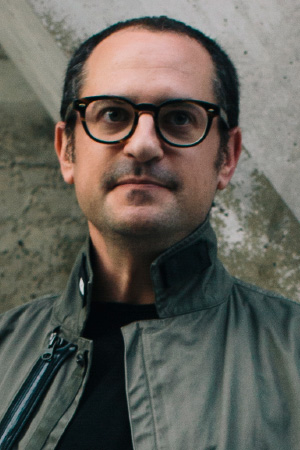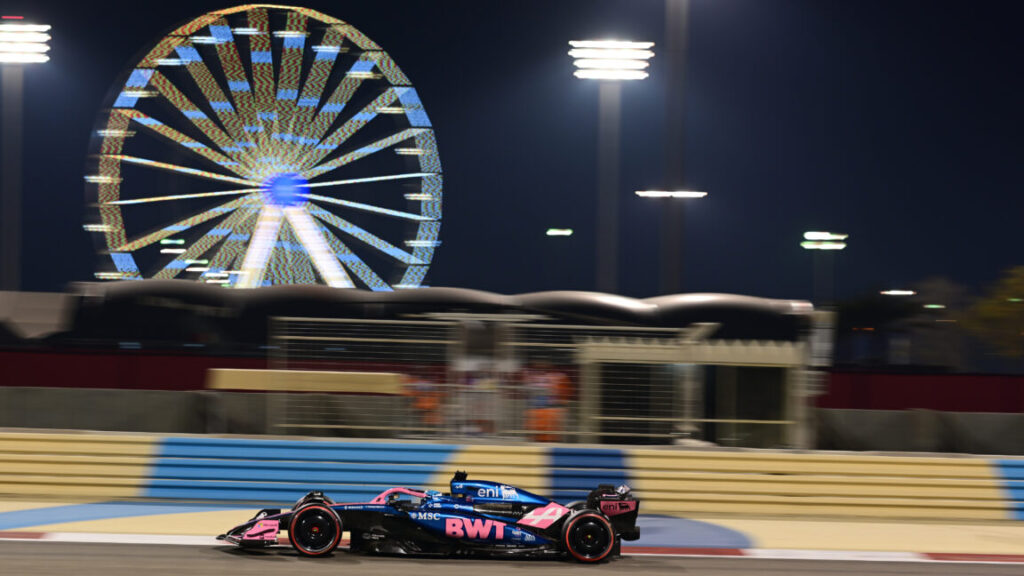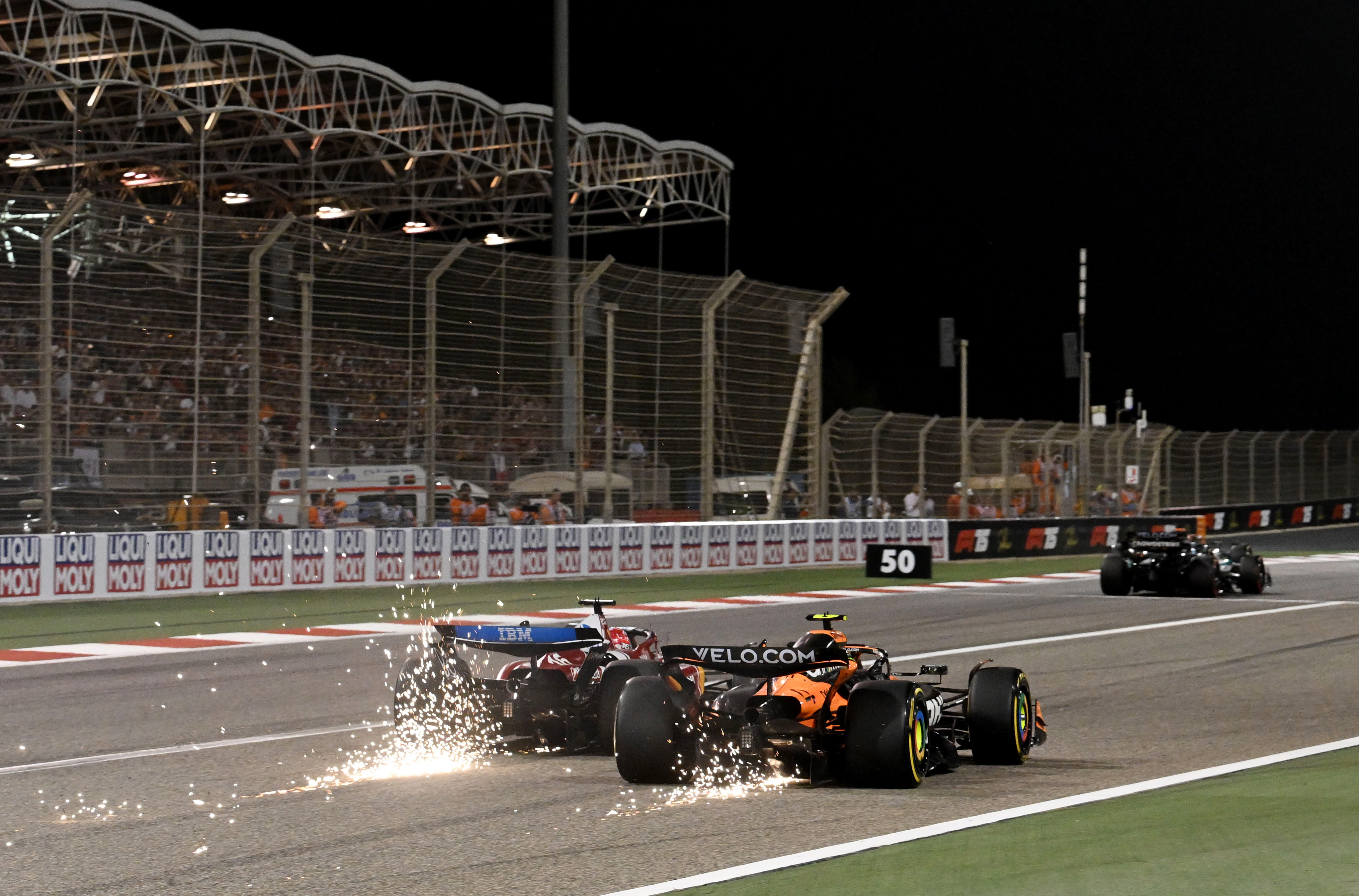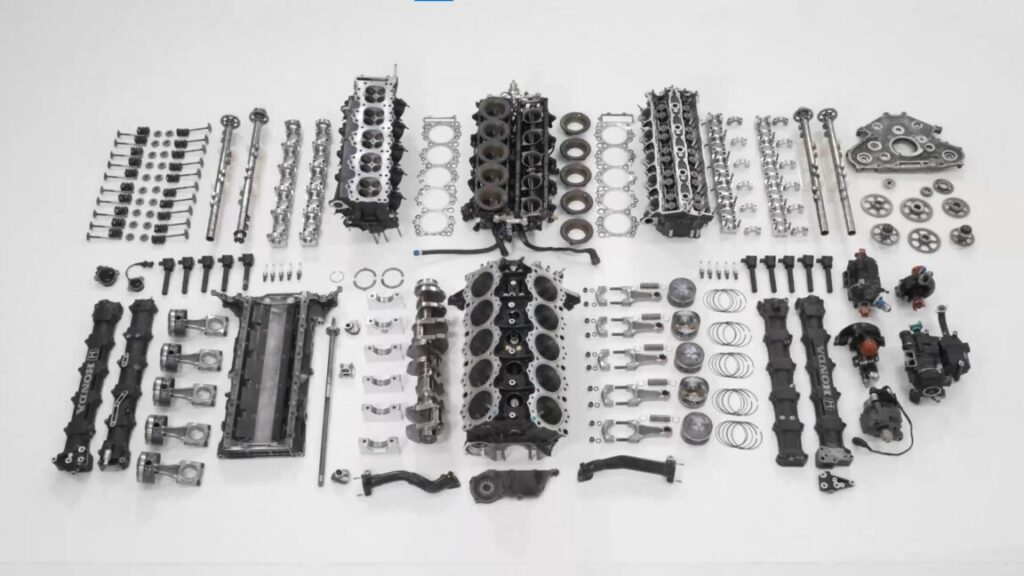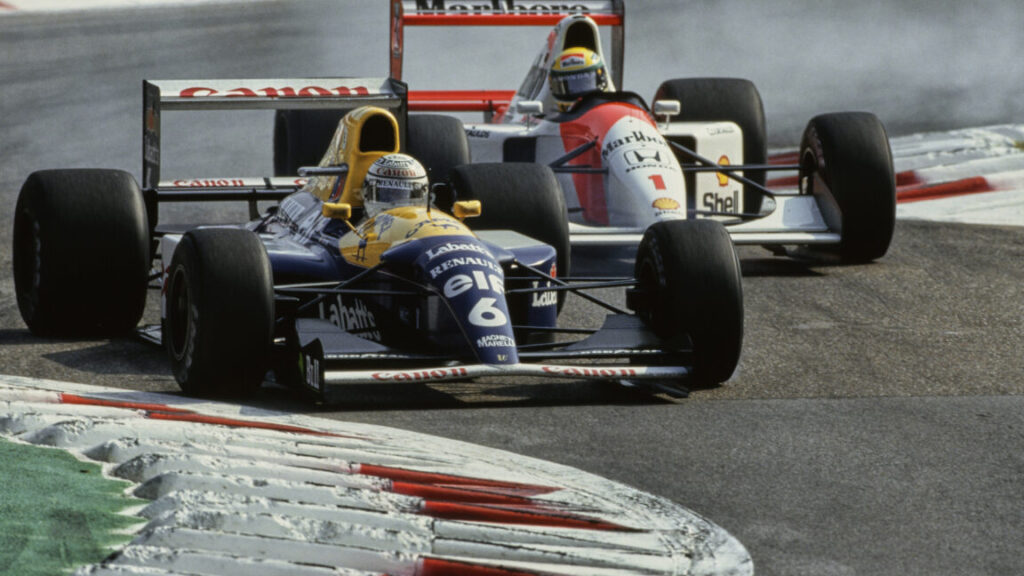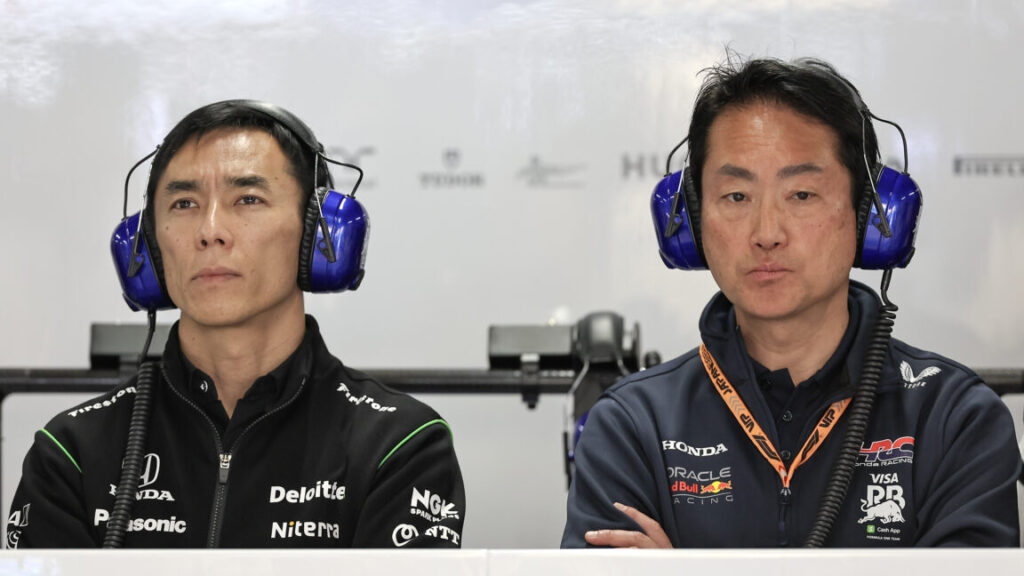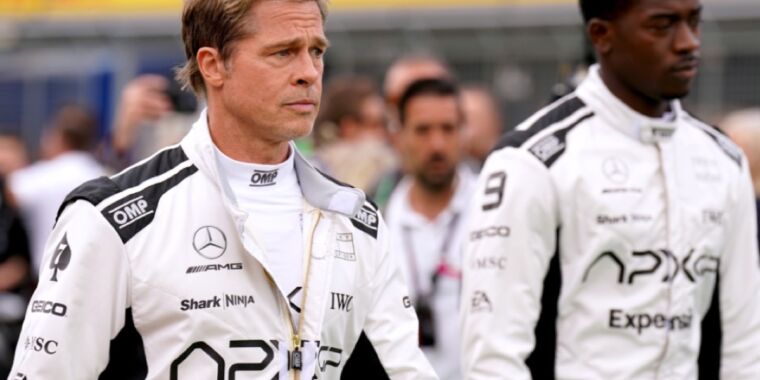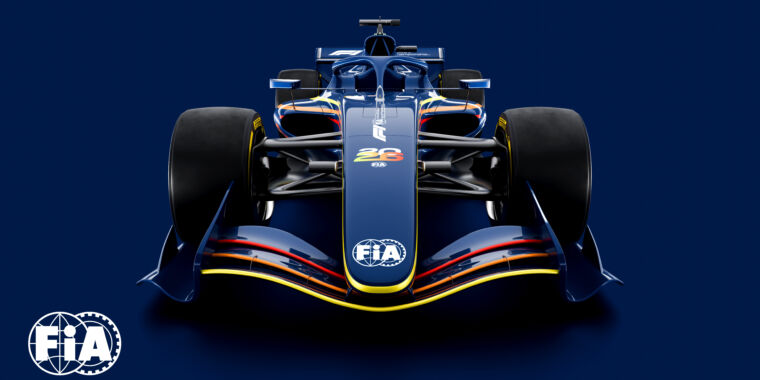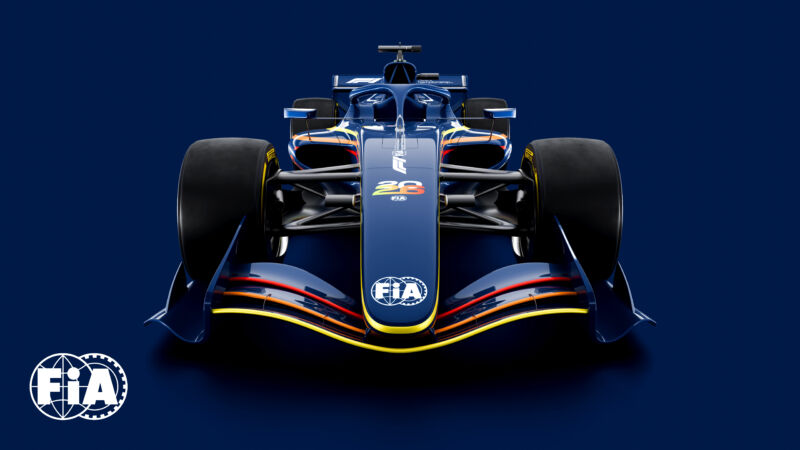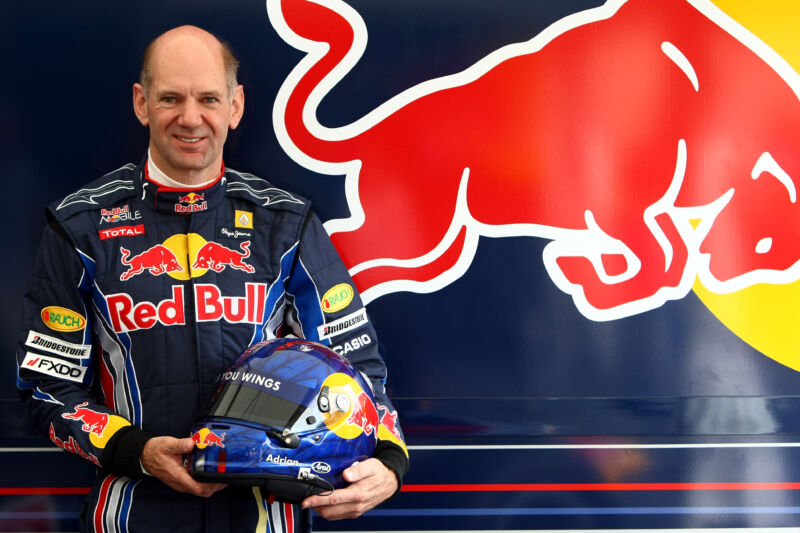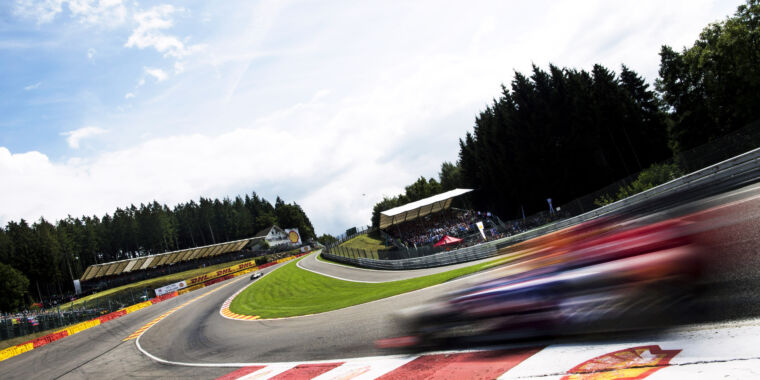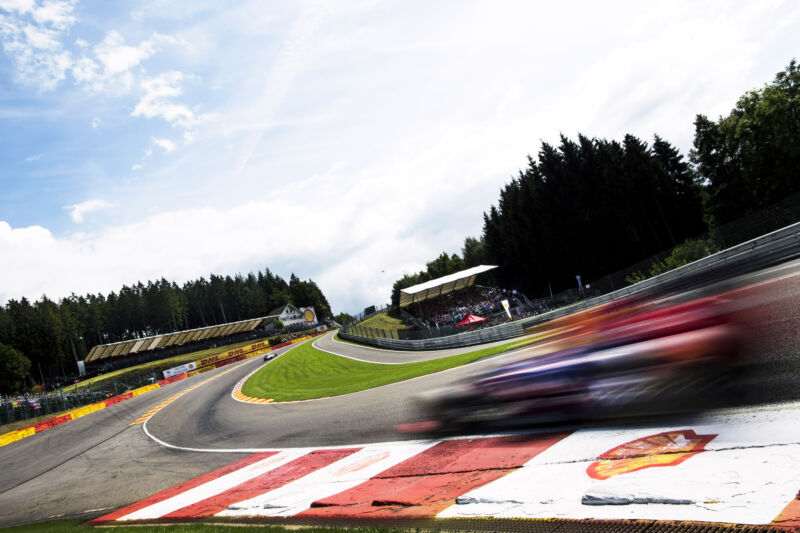F1 in Miami: Like normal F1, but everyone wears pastels
Yet again, Ferrari’s Lewis Hamilton did well in the sprint, making it to the third step of the podium. Hamilton was much closer to his Ferrari teammate Leclerc this weekend, which would perhaps be encouraging if not for the fact that Leclerc was also just slow. In fact, both Williams cars outqualified the Ferraris for the main race, although Carlos Sainz finished just behind the pair of them on Sunday.
Rain canceled Sunday’s F1 Academy race and threatened to interrupt or affect the main event. But the worst of it was some spray during the driver parade, which this time made use of some full-size Lego F1 cars. The race was to be dry, fast, and furious.
Verstappen led at the start, but his car was not fast enough to keep him there for long. Rudy Carezzevoli/Getty Images
Max Verstappen had dragged his car to pole position for Sunday’s race and kept his elbows out at turn 2 at the start to force Norris off at the apex, dropping the McLaren driver from second to sixth place. A virtual safety car interrupted the race as Alpine’s Jack Doohan got wrecked. It was a terrible weekend for the Australian, who had his sprint-qualifying session ruined by his own team and is now almost certain to be replaced at the next race by Franco Colapinto.
Piastri made rather quick work of Antonelli, who was in second, then got past Verstappen to take the lead with a clinically precise move on lap 14. It took Norris a little longer to deal with the reigning World Champion, four laps in which Norris lost a second a lap to Piastri before he slotted into second place.
From there, the pair of McLarens disappeared off into the distance. Last time, I wrote about how close the entire grid has become under this latest set of rules. The race in Miami bucked that trend as the McLaren showed much faster race pace than anyone else, thanks in large part to much higher track temperatures. Third place went to George Russell, who is getting the most out of his Mercedes every time he straps in. Even so, Russell was more than half a minute behind the orange-and-black cars at the checkered flag.
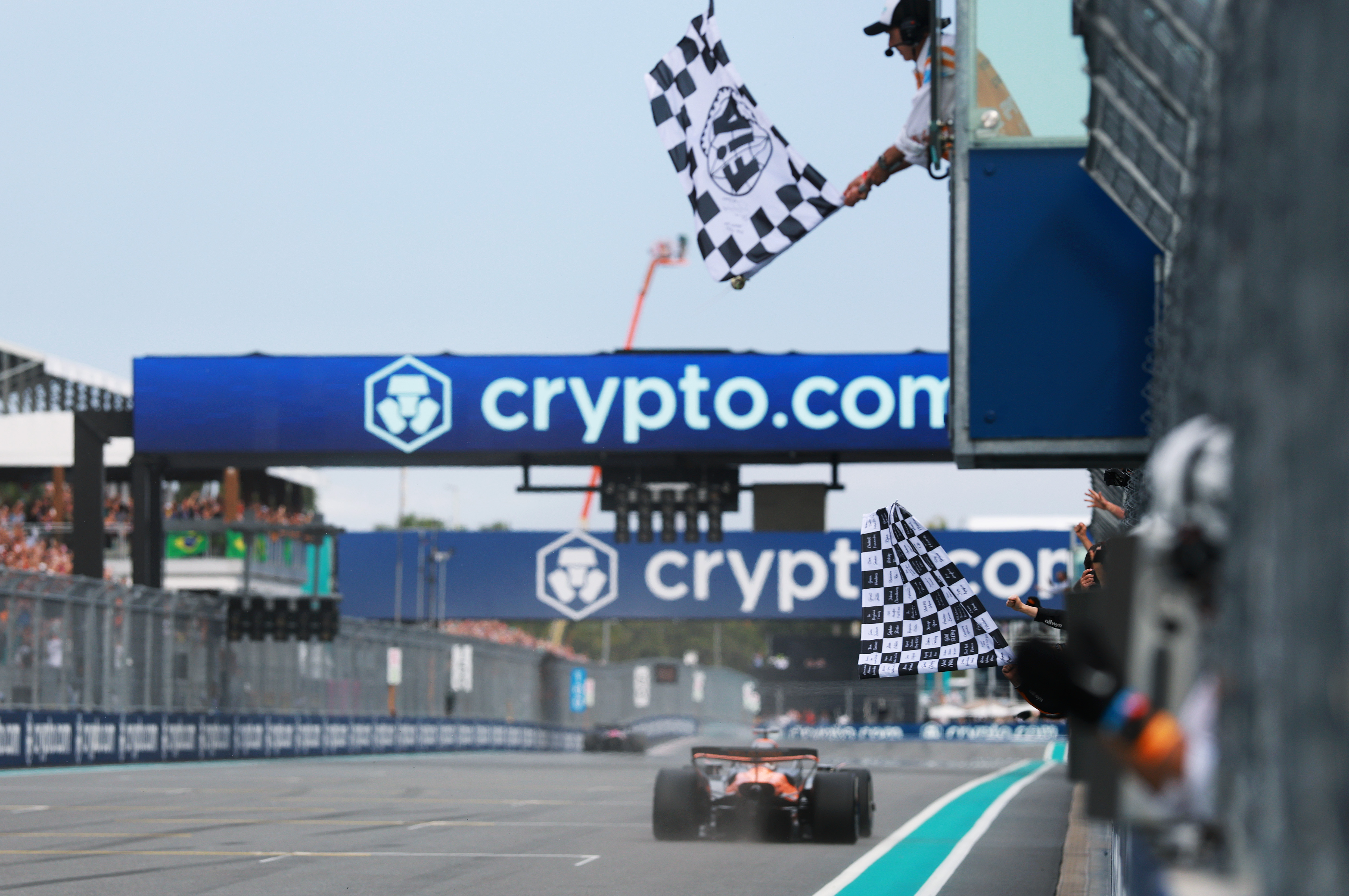
Piastri wins again. Credit: Mark Thompson/Getty Images
Piastri now leads Norris in the championship by 16 points.
F1 in Miami: Like normal F1, but everyone wears pastels Read More »

